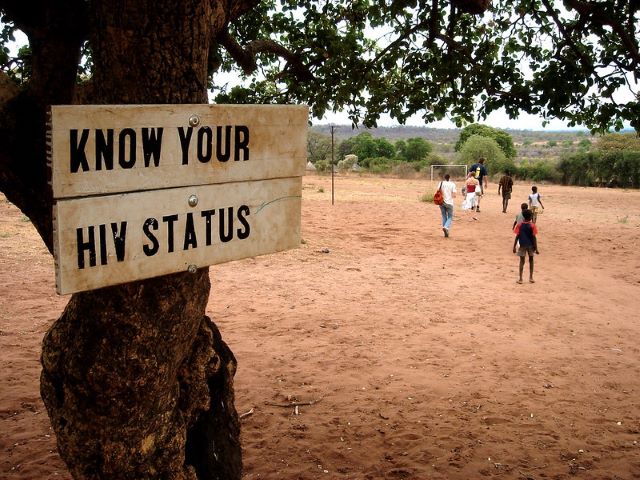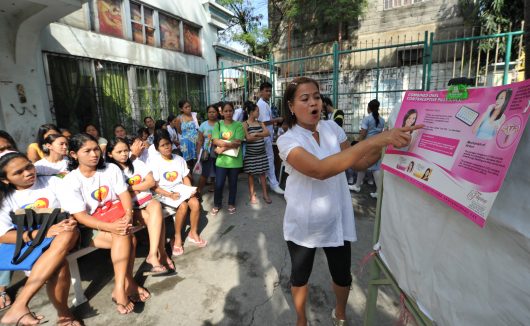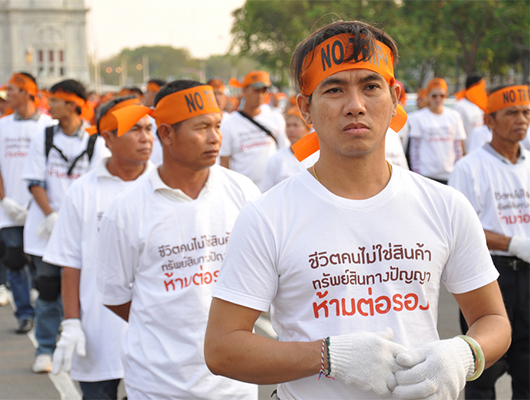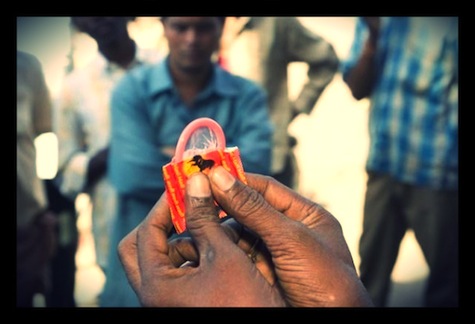 The age group of 15 to 24 accounts for 16% of the global population but represents 34% of people in the age group of 15 to 49 that acquire HIV each year. Young people remain disproportionately affected by the HIV epidemic and comprehensive sexuality education is a strategy for addressing this issue.
The age group of 15 to 24 accounts for 16% of the global population but represents 34% of people in the age group of 15 to 49 that acquire HIV each year. Young people remain disproportionately affected by the HIV epidemic and comprehensive sexuality education is a strategy for addressing this issue.
Comprehensive Sexuality Education (CSE)
In the 2016-2021 Strategy of UNAIDS, one of the eight sub-strategies includes “quality comprehensive sexuality education accessed by all adolescents and young people.” Many other organizations believe comprehensive sexual education is essential for young people to protect themselves from HIV and other sexually transmitted infections.
Comprehensive Sexuality Education (CSE) is a curriculum-based program taught in school or out of school and over several years. The purpose of CSE is to “provide age-appropriate information about human rights, human sexuality, gender equality, puberty, relationships and sexuality and reproductive health.”
Digital Sexual Education
In places where there are ineffective or insufficient schools, digital sexuality education may be a substitute. Over 70% of 15 to 24-year-olds are online so sexuality education and information are increasingly being delivered through a digital format. Although millions have access to online sexuality education, research is limited regarding its impact. Although digital education is effective in reaching large groups of young people, some fear that cyberbullying and unsafe online research could hinder the success of online tools.
CSE Initiatives
The HIV epidemic impacts many regions, but sub-Saharan Africa remains the most affected. With support from the United Nations, the Southern African Development Community (SADC) and the East African Community (EAC) joined together to provide sexual education in the region. In 20 Eastern and Southern African countries, adolescents can access comprehensive sexuality education.
In support of comprehensive sex education, UNESCO alongside five other organizations published the International Technical Guidance on Sexuality Education. The document outlines key topics for curriculums specific to different regions.
In 2002, The UNAIDS Inter-Agency Task Team (IATT) on Education and School Health was created to improve HIV education. The IATT aims to increase leadership support and resource allocation for HIV and health education. IATT members believe that education is essential for successful HIV programs.
The Impact of CSE
CSE provides more than information. It aims to help young people establish positive values regarding their sexual health through discussions about relationships, gender roles and sexual abuse.
In a study focused on measuring the impact of curriculum-based sex and HIV education programs on adolescents or young adults between 9 and 24 years old, 65% of the programs had a significantly positive impact on behavior.
With more focus on education as a tool for prevention, it is hopeful that the global HIV epidemic will be positively impacted.
– Rachel Durling
Photo: Flickr
 There are less than two doctors for every 1,000 individuals in Latin America, making access to health information and medical guidance difficult to reach. Javier Cardona and Nicolas Duran Lopez
There are less than two doctors for every 1,000 individuals in Latin America, making access to health information and medical guidance difficult to reach. Javier Cardona and Nicolas Duran Lopez




